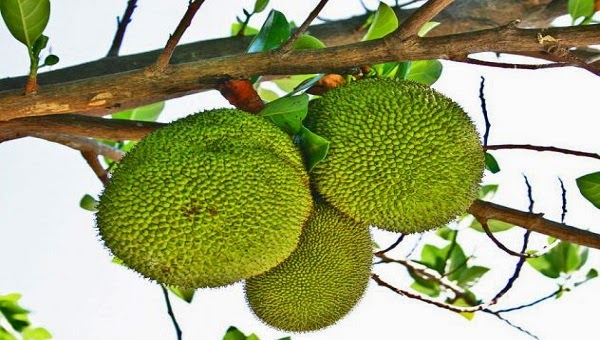The coral triangle is universally recognized as the “global center of marine biodiversity” and “the Amazon of the seas.”
It is fair to say that most of the Earth’s saltwater species that exist in today’s oceans owe their ancestry to ancient residents of the triangle.
Now part of the South Pacific, the coral triangle was once a landlocked lake that formed during the Ice Age when massive blocks of ice sucked up the surrounding water, and land masses appeared from the ocean bottom. When the ice melted, the land was once again covered by water, and the species of the coral triangle propagated first east and west along the equator and then north and south.
Today, the triangle sits roughly in the tropical marine waters of Indonesia, Malaysia, Papua New Guinea, the Philippines, the Solomon Islands and Timor-Leste. All of it sits directly north of Australia. It covers 5.7 million square kilometers of ocean waters. The triangle is home to at least 500 species of reef-building corals and more than 3,000 species of fish, including the world’s largest fish – the whale shark – and the coelacanth. There are more species of coral, fish and crustaceans in the triangle than there are at any other location in the world.
But perhaps the most interesting thing about the triangle is the multitude of yet undiscovered, or, more accurately, scientifically unclassified wildlife that can still be discovered there today. All one has to do is dip below the surface of the water, and they can feast their eyes on an animal that would leave scientists dumfounded.
“You can see things that you’ve never seen before, and possibly things that are new to science that have never been described before,” said Rudy Whitworth who visited part of the coral triangle at Raja Ampat in Indonesia. He spoke about the coral triangle at this year’s Great Lakes Shipwreck Festival.
Whitworth, a member of The Ford Seahorses Scuba Diving Club, which sponsors the festival, said he filmed eight or nine undescribed species, including two that are likely brand new to science: a triple-fin blenny and a species of nudibranch.
don.gardner@macombdaily.com; @skeeoos
Posted: Monday, 06/03/13 12:01 am
Updated: Monday, 06/03/13 07:48 am
http://www.macombdaily.com/











No comments:
Post a Comment